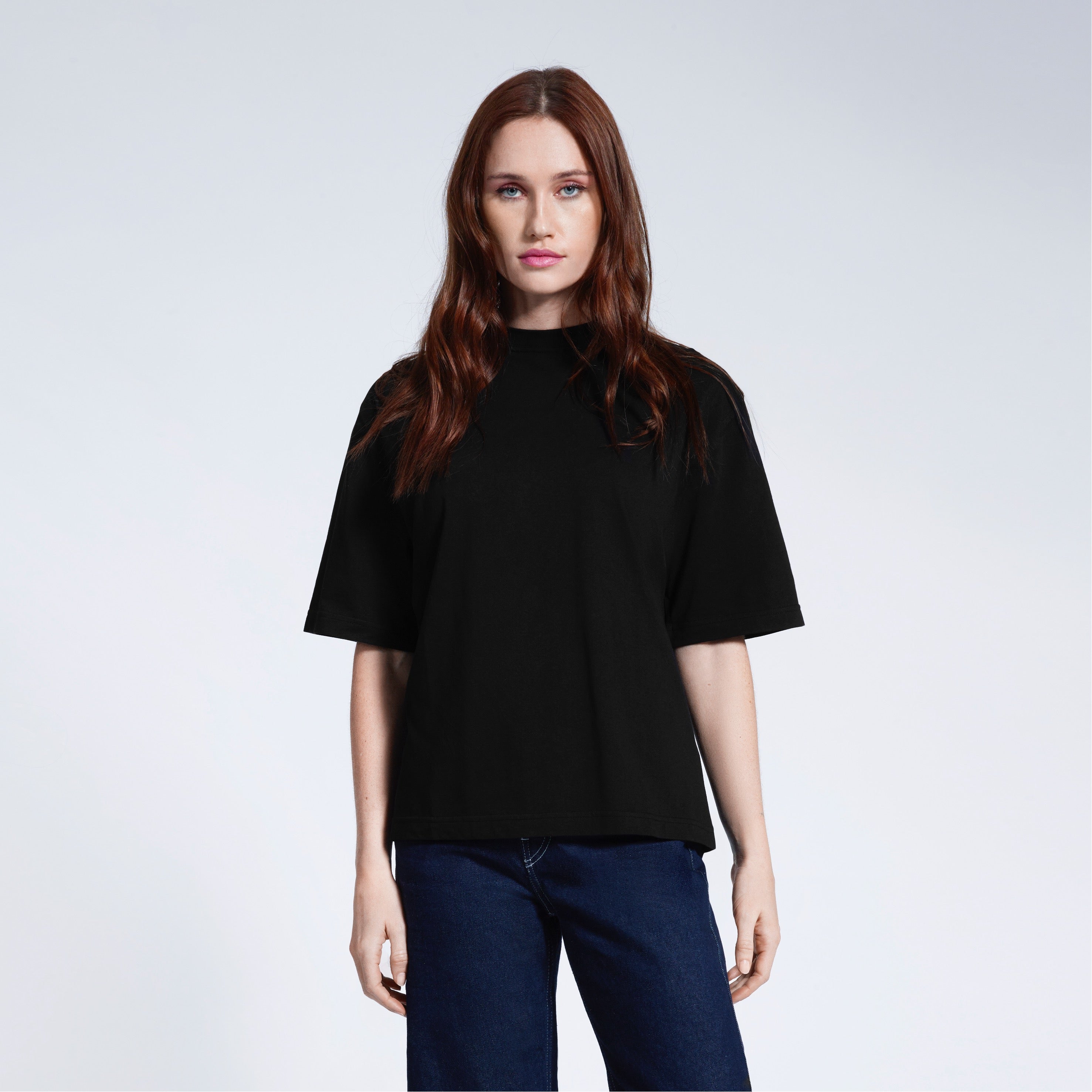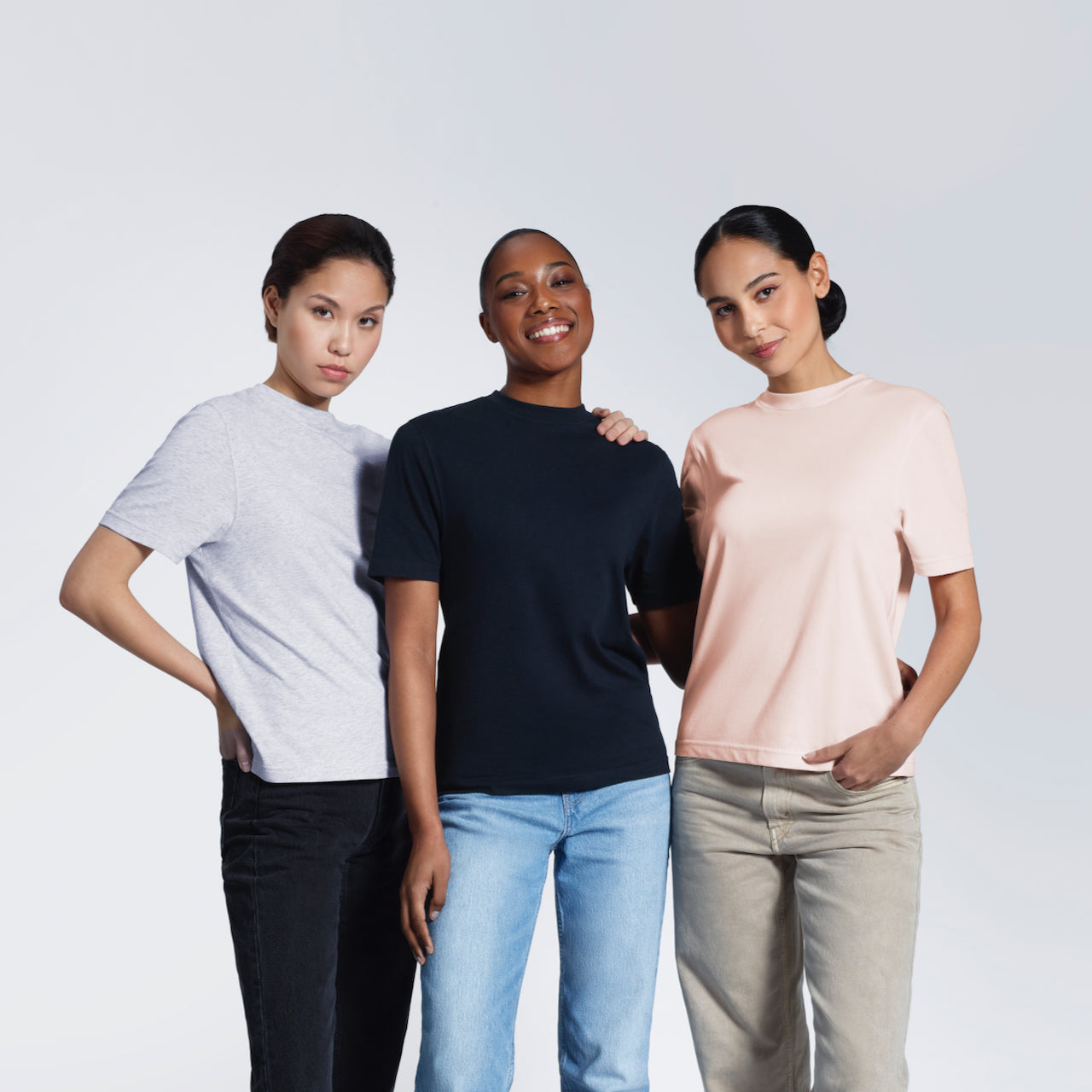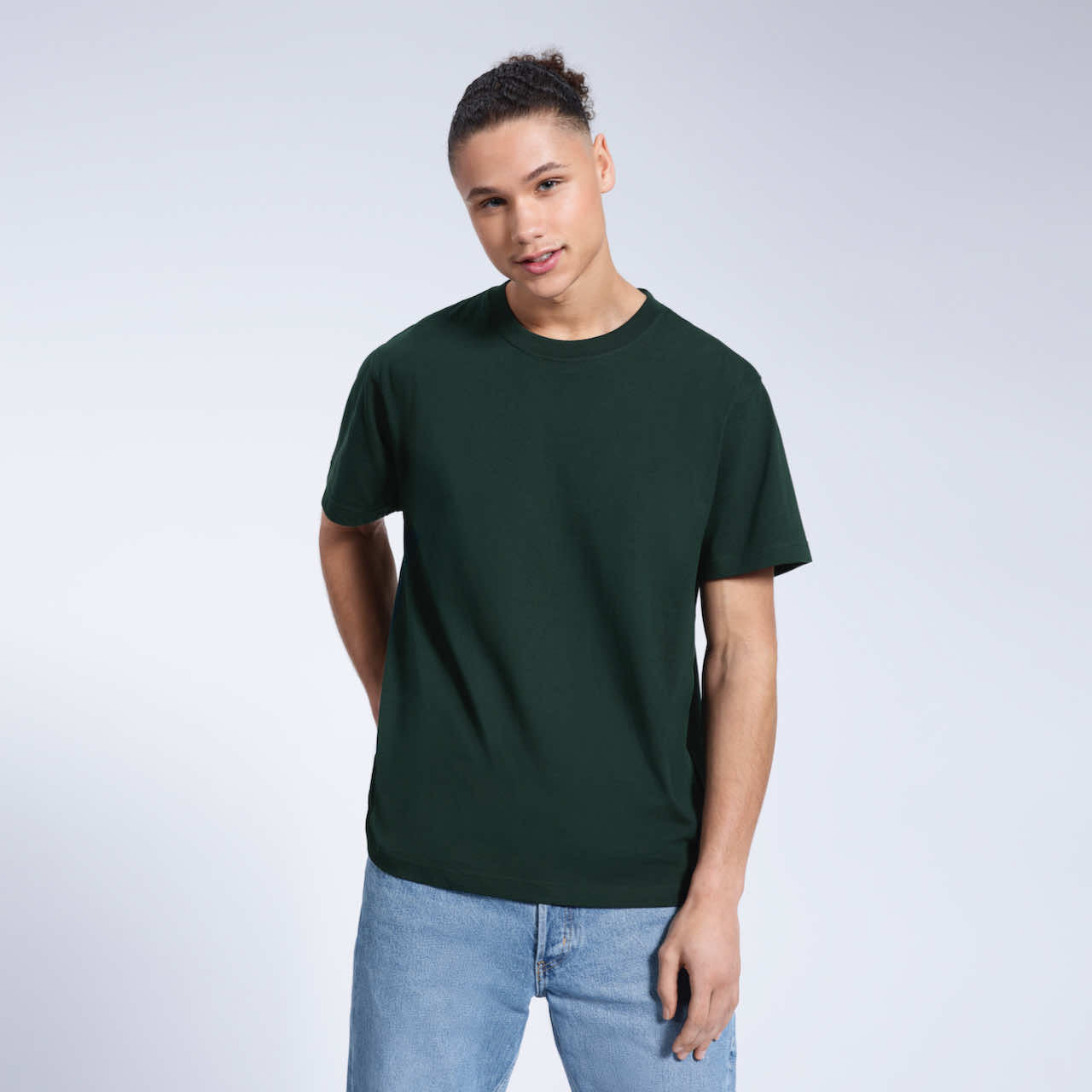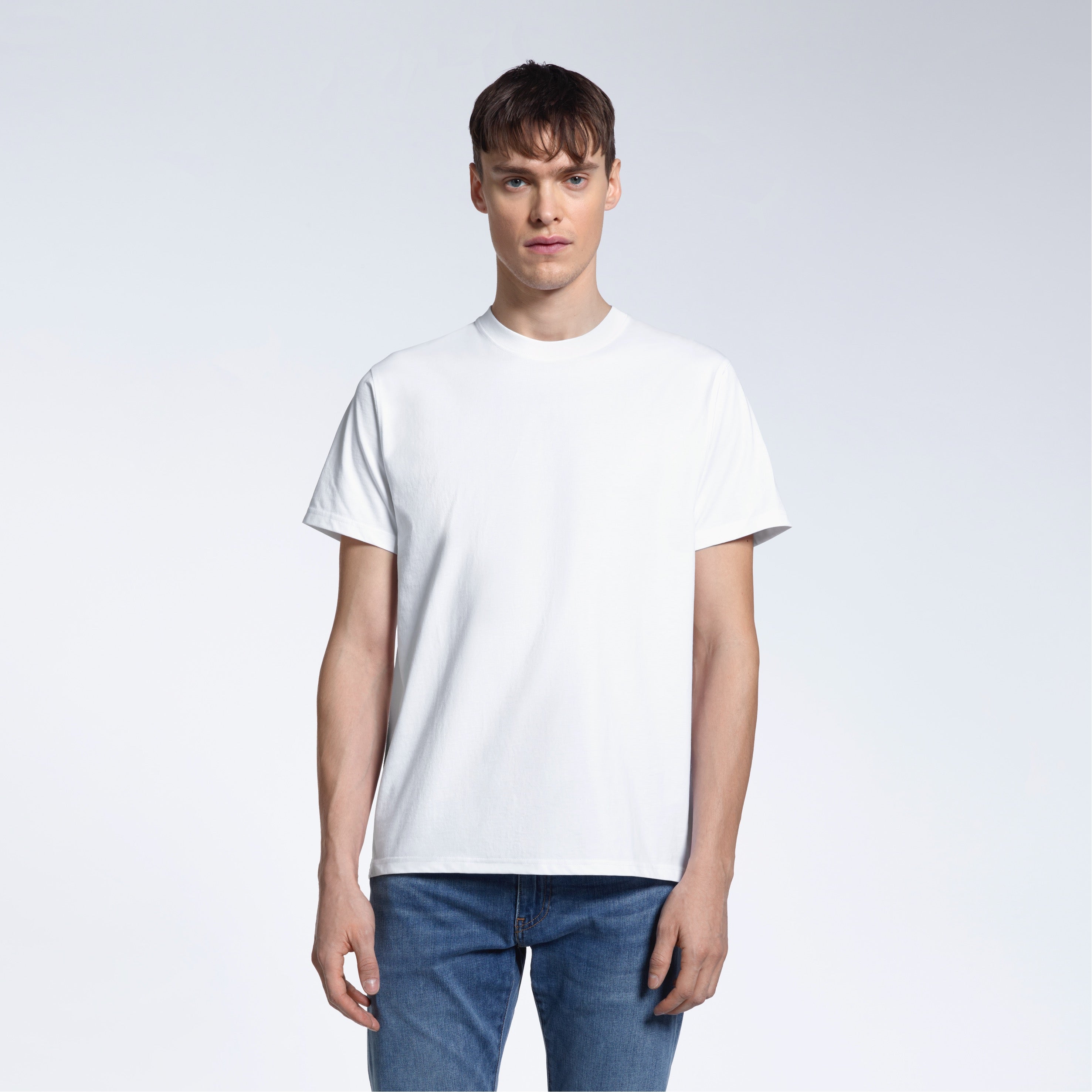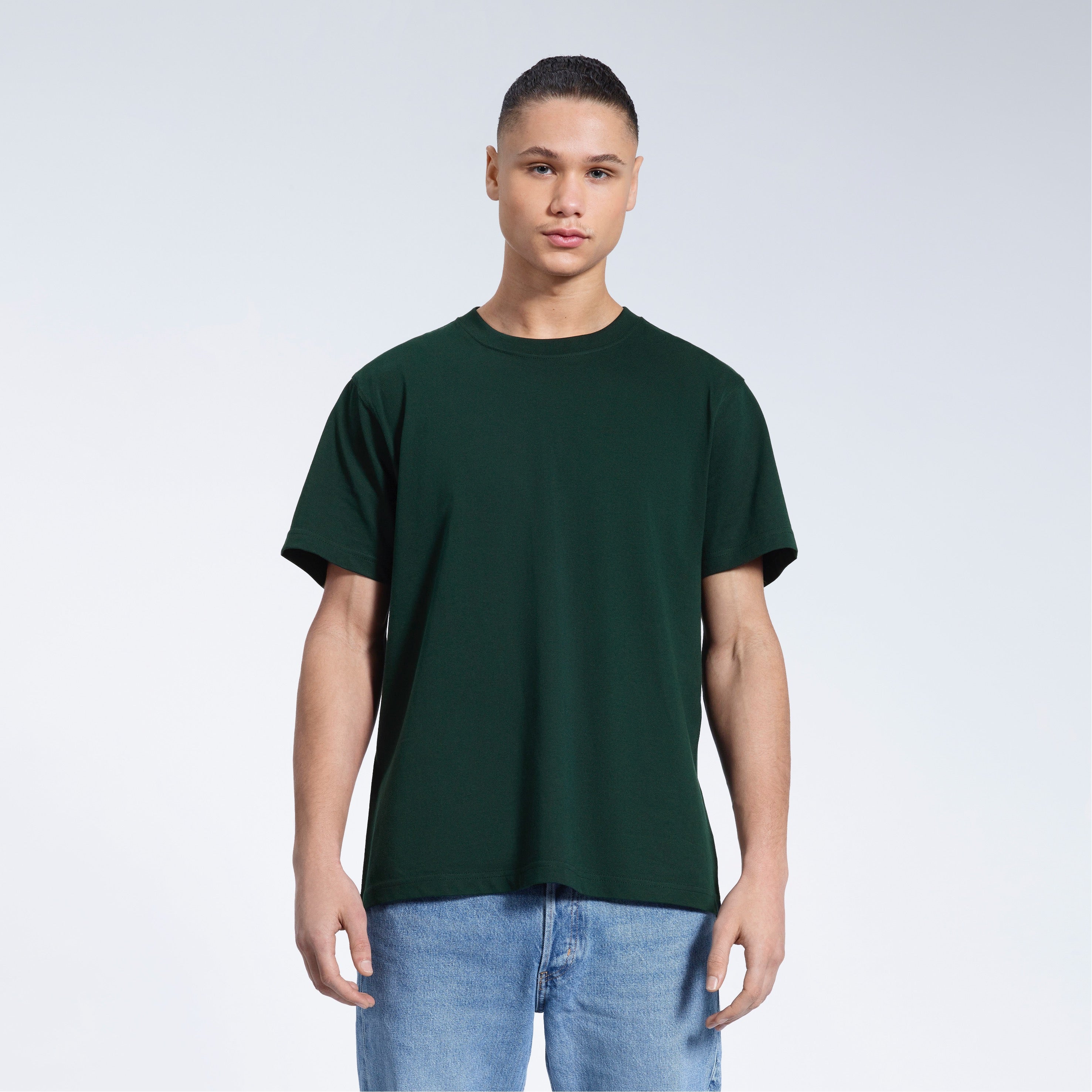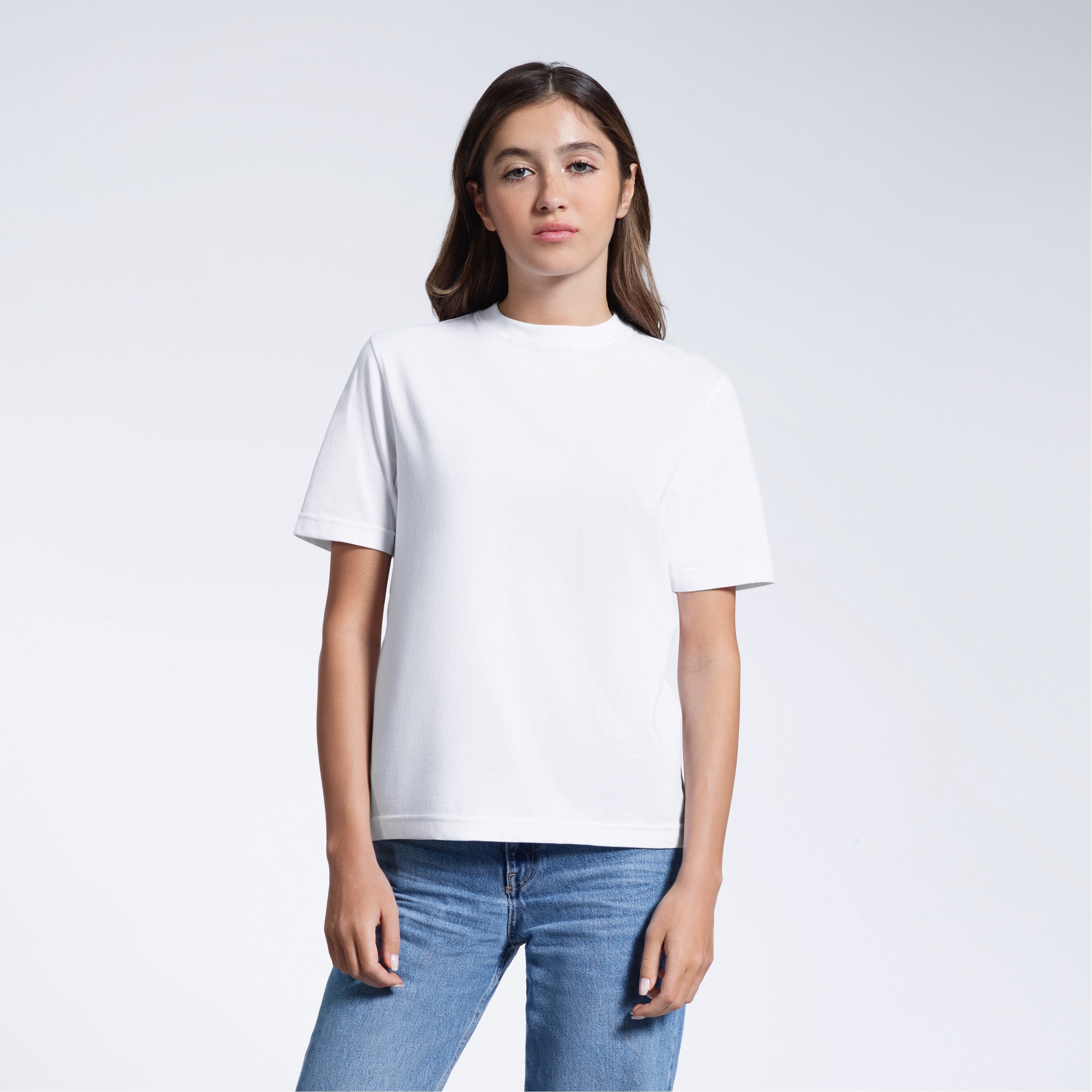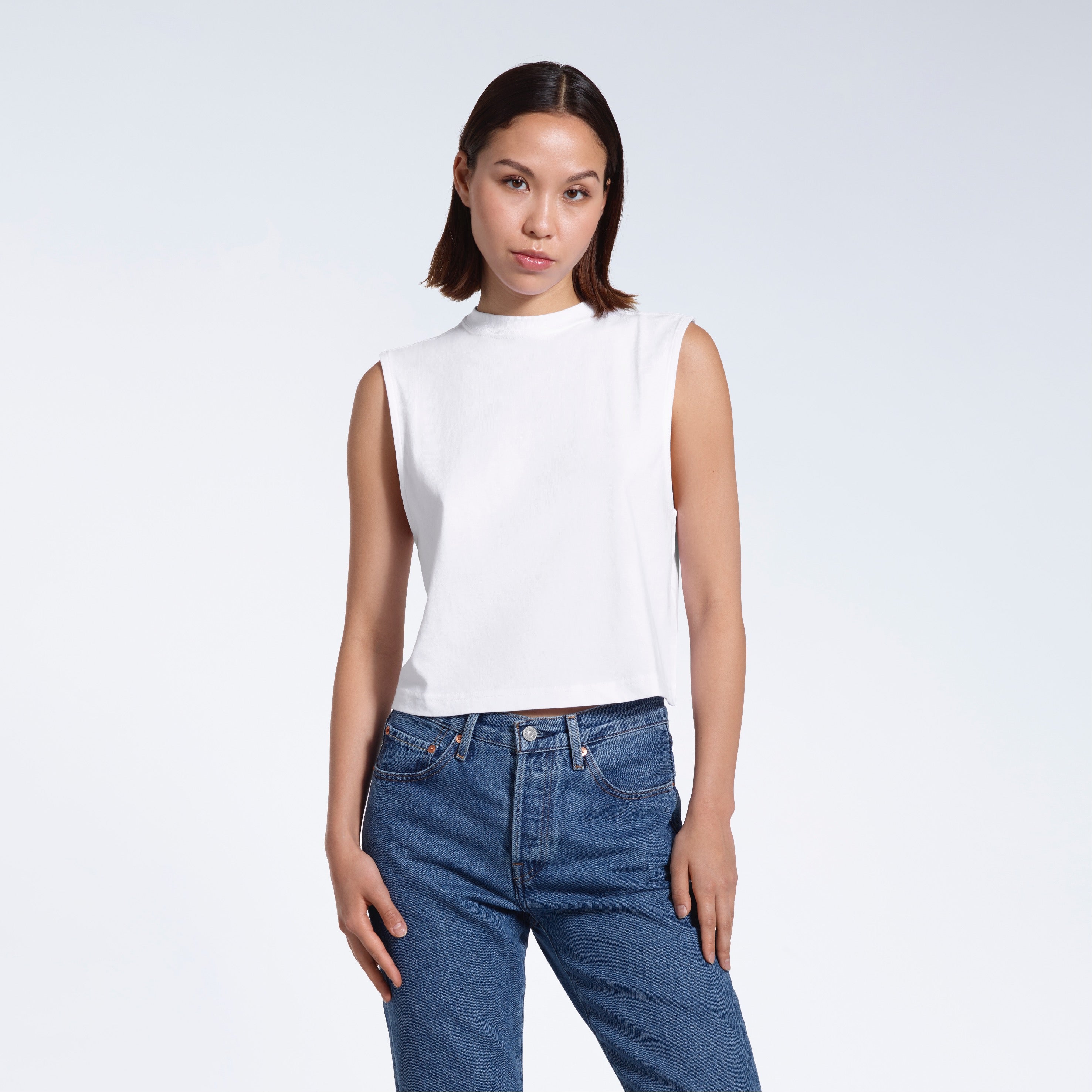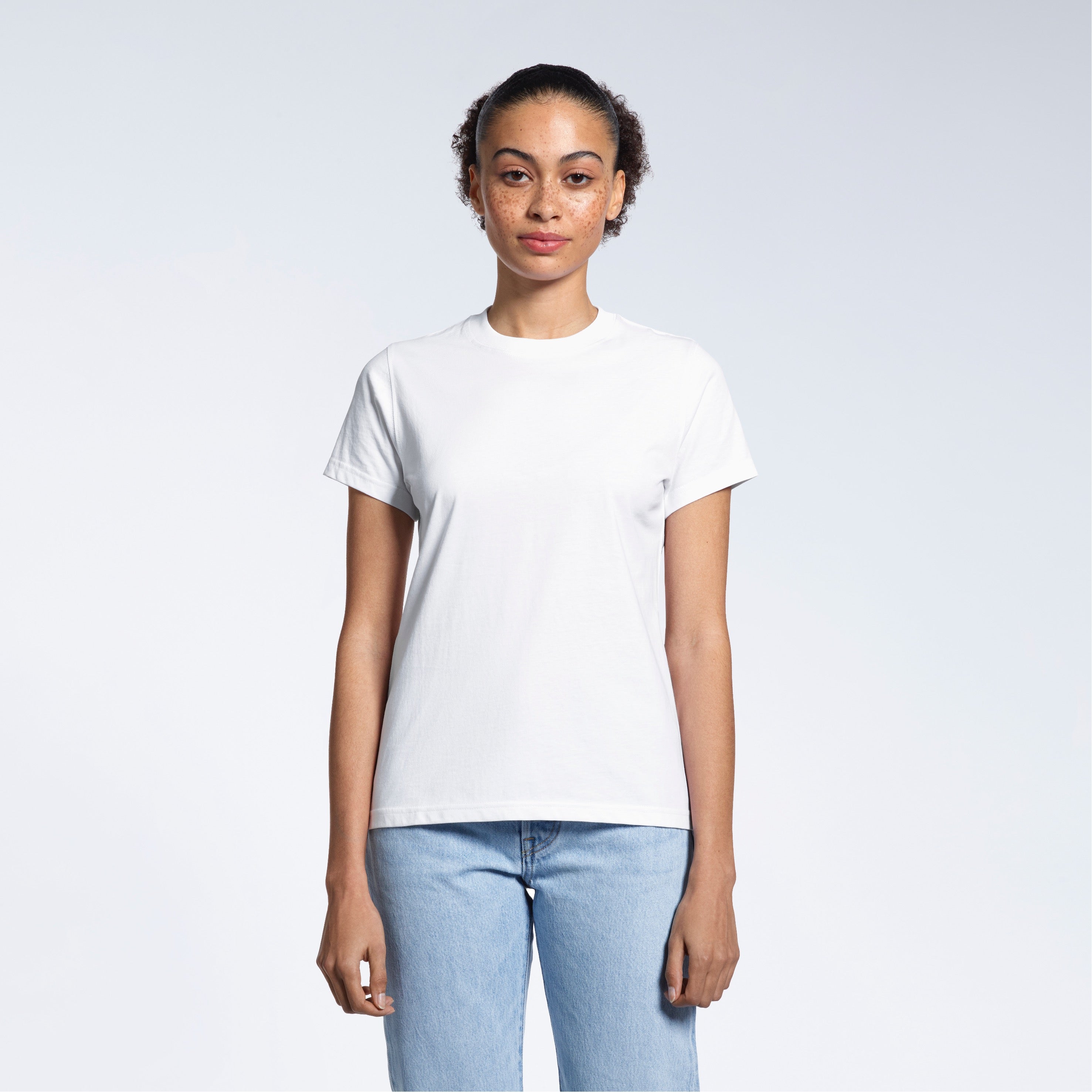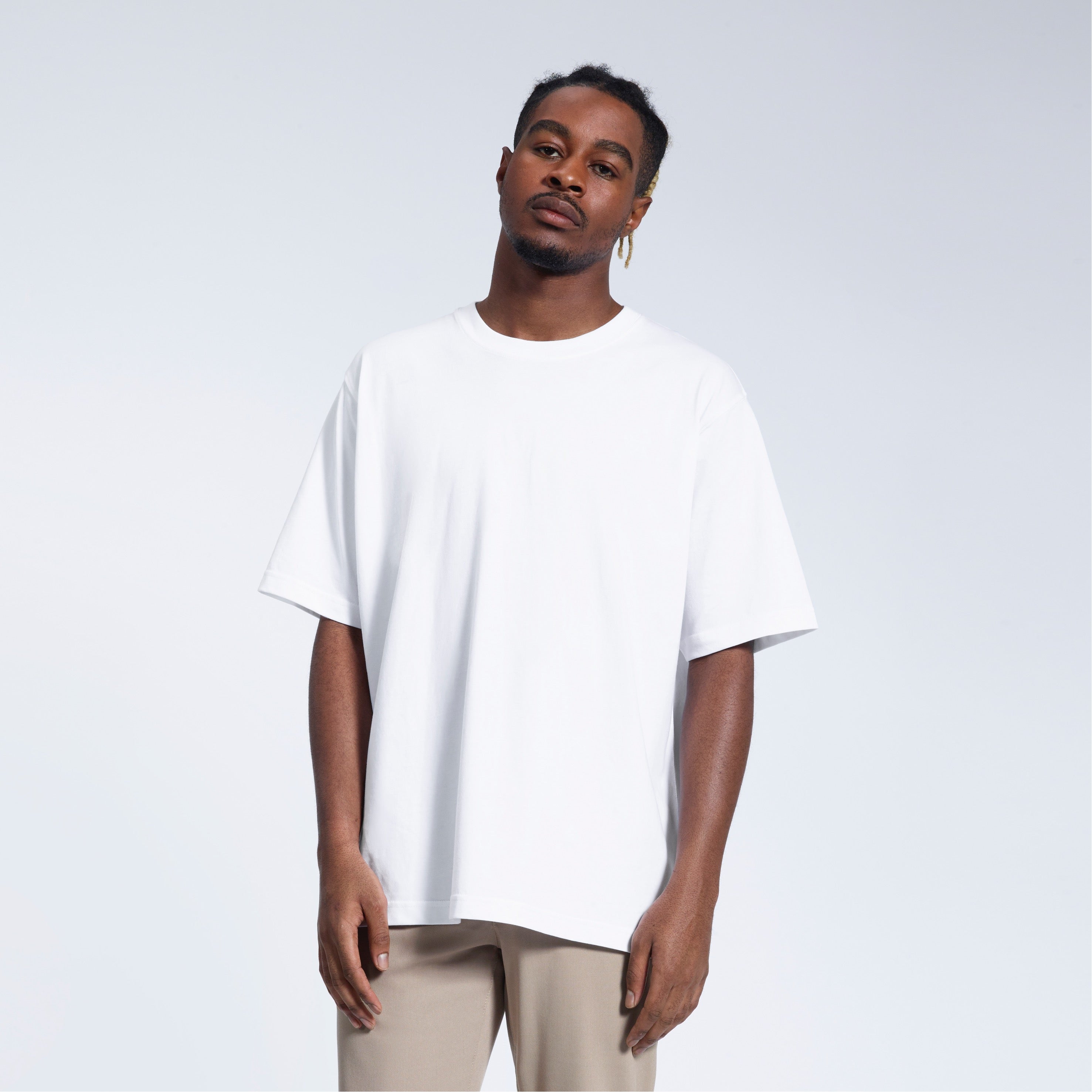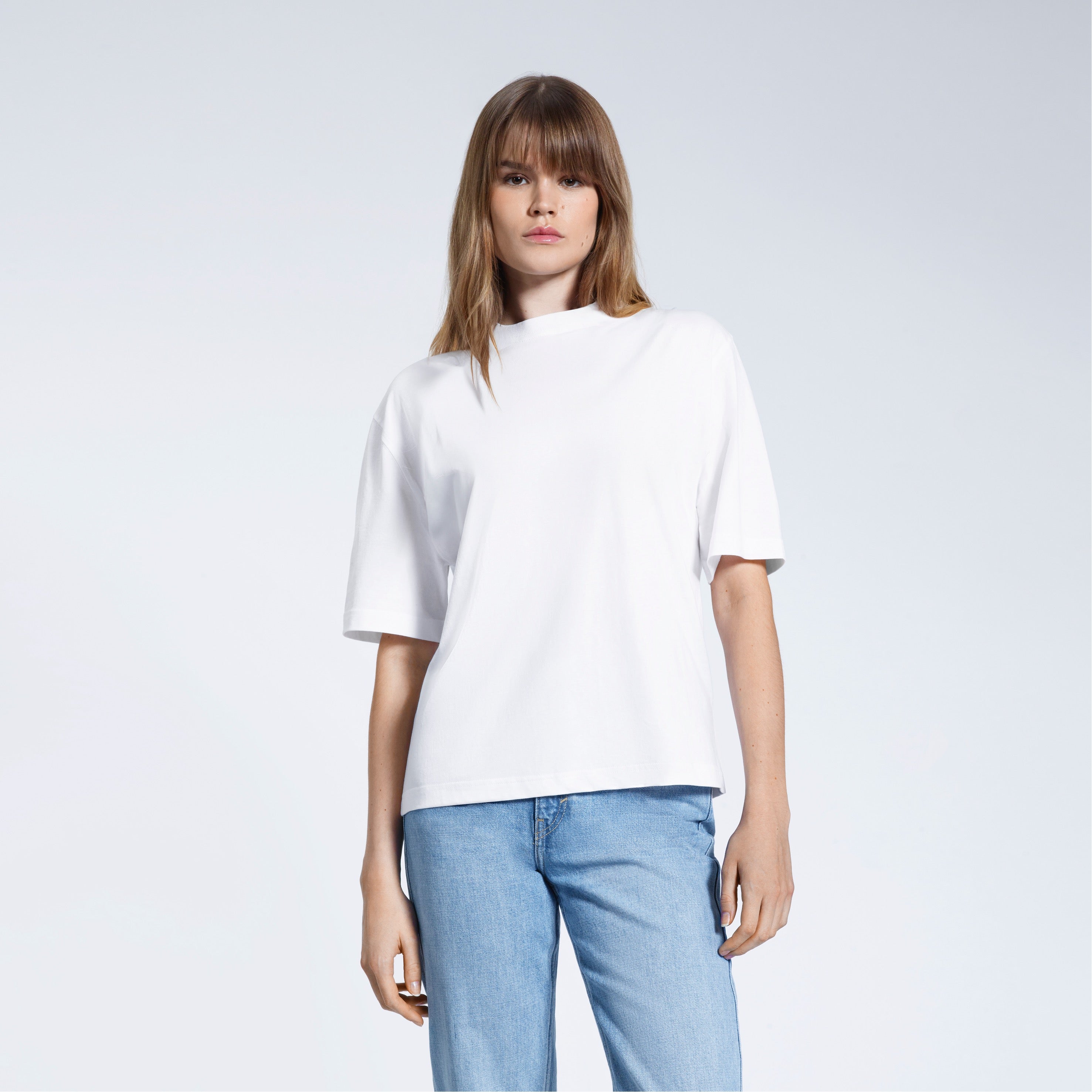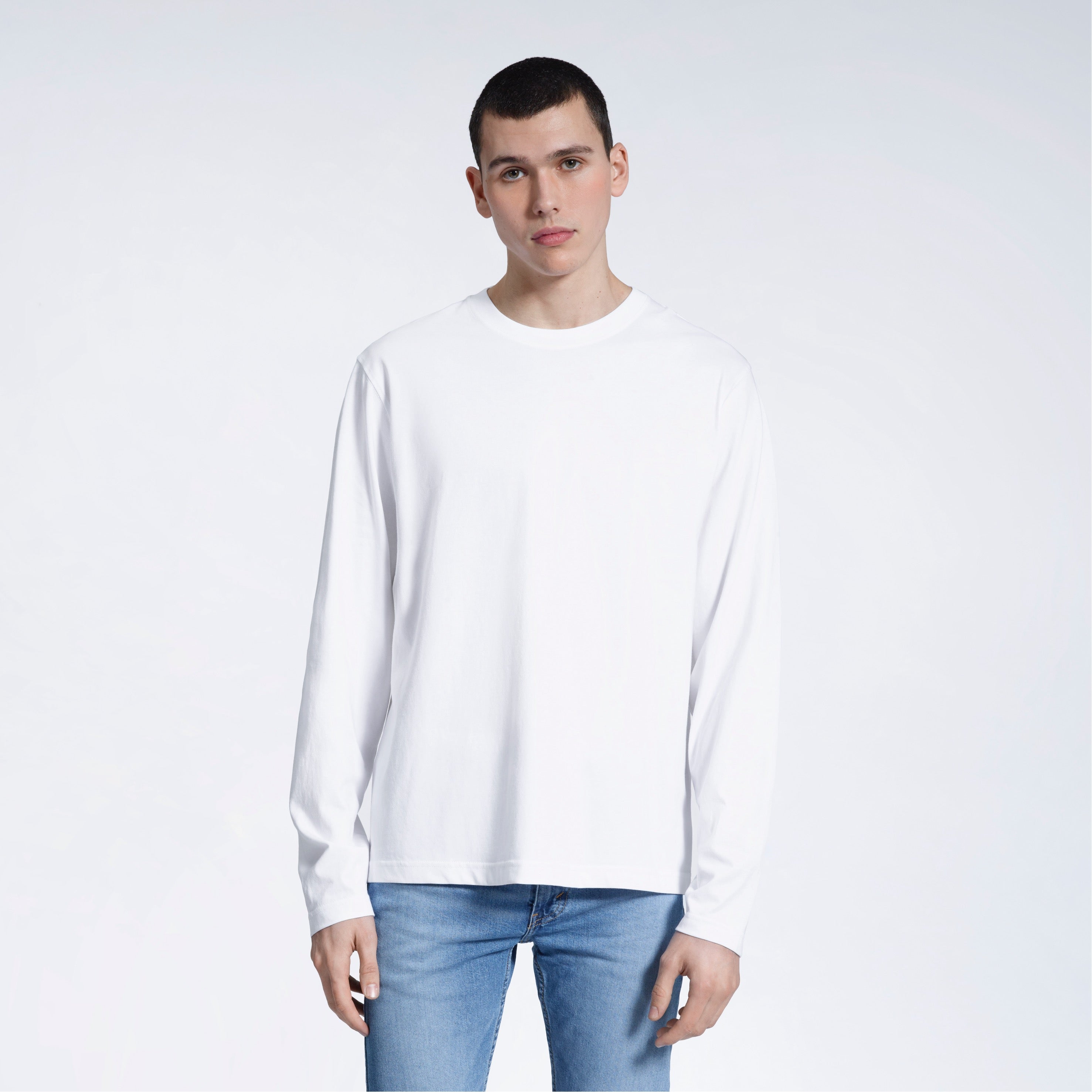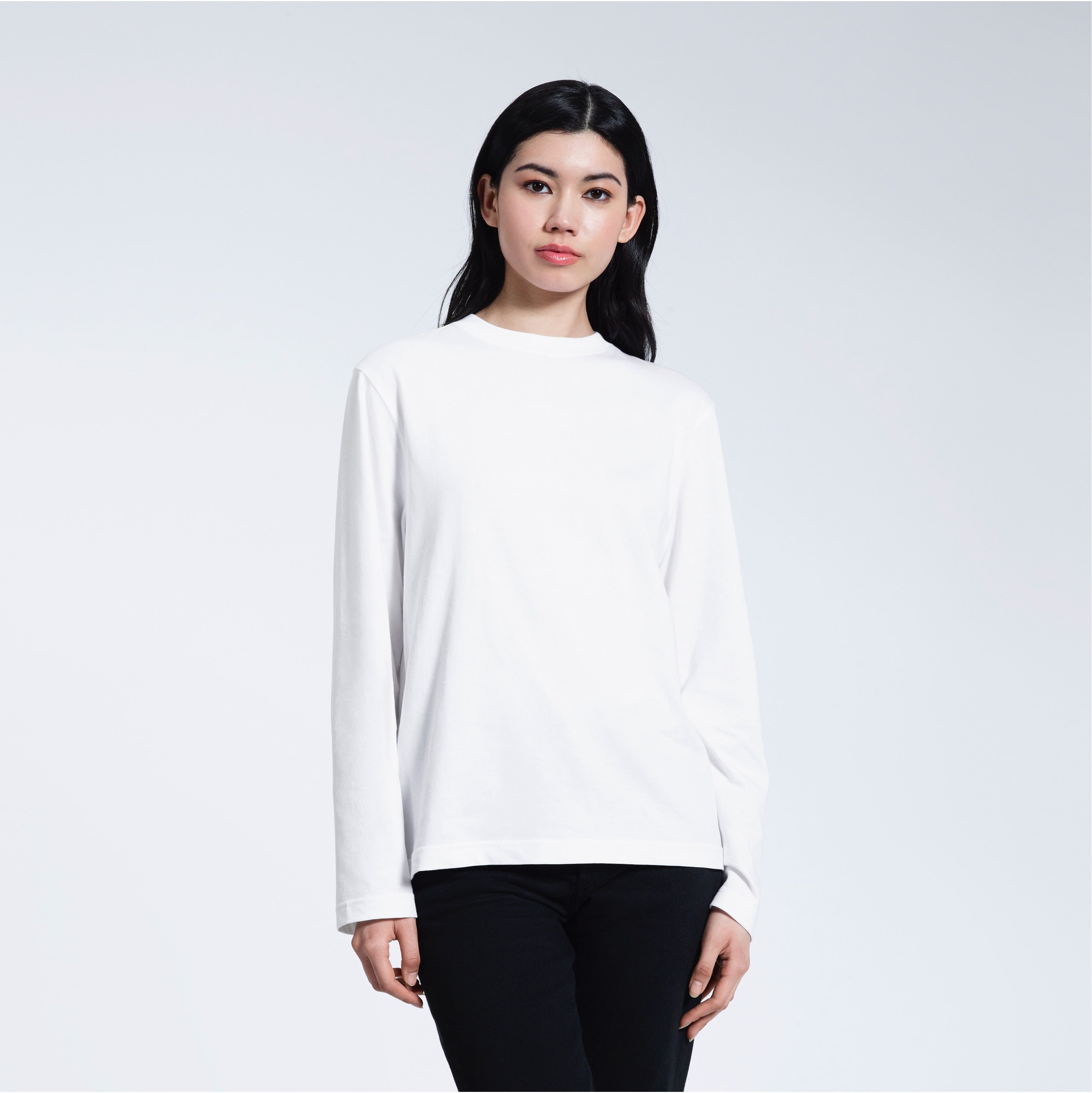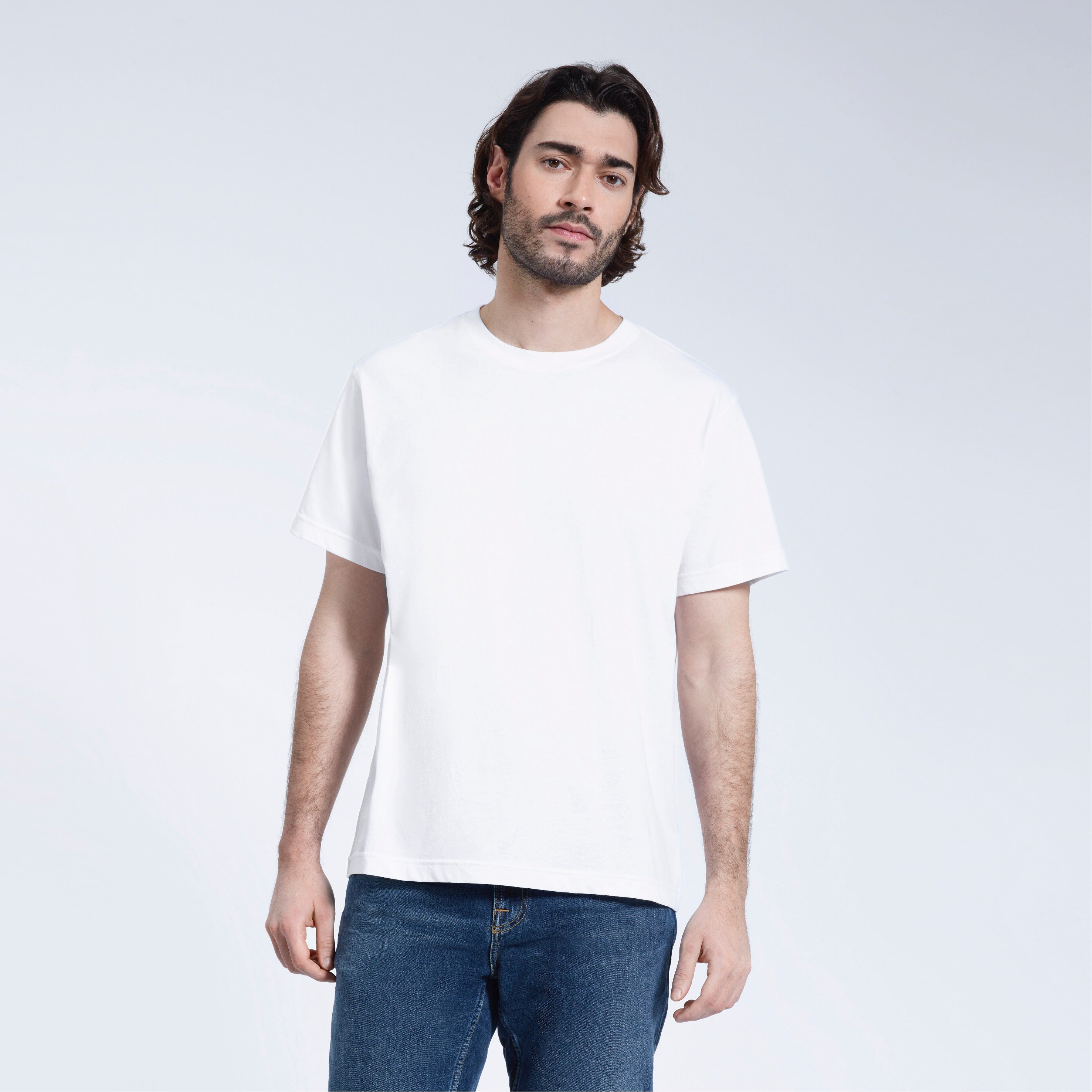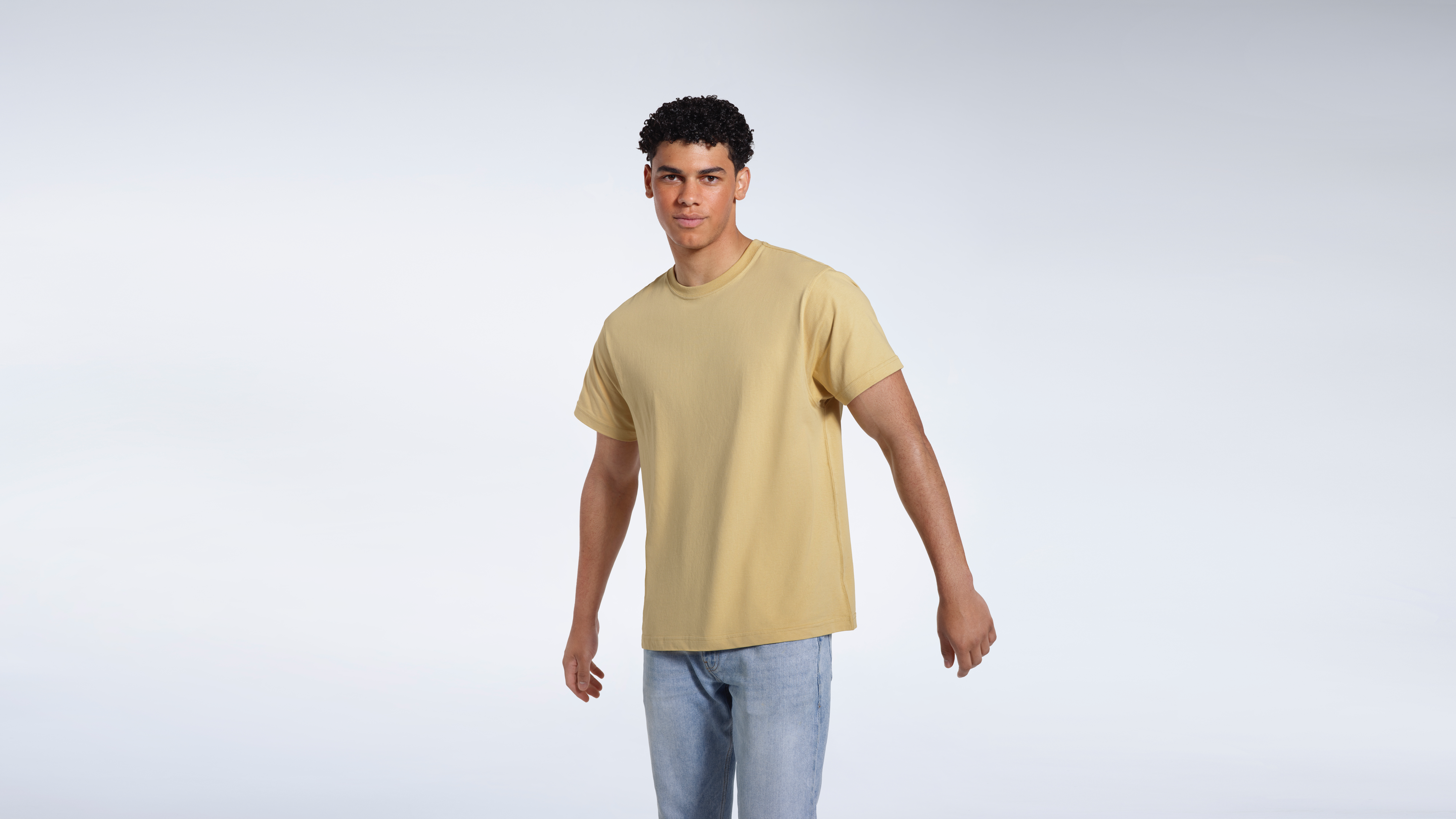
The Environmental Impact of Your Clothes: How to Reduce It
We often think about what our clothes say about us, like our mood, style, and personality. But have you ever thought about what your clothes say about the world?
Fashion is not just about fabric and stitching. There are a lot of environmental costs that go into making each piece of clothing. For example, it takes a lot of water to grow cotton and a lot of pollution to ship fast fashion halfway around the world.
At Plainandsimple, we think that sustainability shouldn't be a luxury; it should be the norm. In this blog post, we'll talk about how clothes affect the environment and provide you with some easy, doable steps you can take to lessen their impact on the world.
The Unseen Costs of Fashion
The fashion sector is responsible for almost 10% of all carbon emissions in the world. That's more than all the carbon emissions from international flights and maritime shipping combined. It also makes up 20% of the world's wastewater and uses a lot of resources that can't be replaced.
Let's talk about some important environmental problems linked to fashion.
1. Wasting Water
It can take more than 2,700 litres of water to make just 1 cotton t-shirt. That's enough water for 1 person to drink for two and a half years. Cotton production, especially in drier areas, makes droughts worse and uses up freshwater resources.
2. Pollution From Microplastics
When you wash synthetic materials like polyester, nylon, and acrylic in your washing machine, they release microplastics. These then get into our waterways, where they, in turn, harm marine life and eventually find their way into the food chain.
3. Pollution From Chemicals
Textile dyeing and finishing are big causes of water pollution, especially in areas where environmental laws aren't very strict. Chemicals that are bad for the environment might get into local rivers during production, harming ecosystems.
4. Carbon Emissions
The energy used to grow raw materials, make clothes, move them, and wash them all adds up. Fast fashion uses fossil fuels, which increases its carbon footprint even further.
How To Cut Down On Your Fashion Footprint
The good news? You have more power than you give yourself credit for. You can make a big difference in the environment by making smarter choices about what to wear.
1. Buy Less And Choose Well
Fast fashion encourages people to overconsume by making cheap, trendy clothes that are designed to be thrown away quickly. Don't give in to the impulse to follow every new fad. Instead, consider:
-
Quality is more important than quantity.
-
Build a timeless wardrobe that will last and work with many different outfits by only buying clothes that you adore.
-
Thinking about the future: will you still wear this in a year?
At Plainandsimple, we make clothes that are stylish and durable, so they won't go out of style and don't waste materials.
2. Pick Fabrics That Are Good For The Environment
The fabric your garments are made of is important. Here are a couple of things to note:
-
More eco-friendly choices are: organic cotton, hemp, linen, TENCEL™, and materials that have been used before and repurposed into new clothes.
-
Avoid virgin polyester, acrylic, or regular cotton (unless it is certified organic).
We use GOTS-certified organic cotton to make all our clothes. It requires less water and no hazardous pesticides, which is better for everyone: the soil, farmers, and our ecosystems.
3. Take Care Of Your Clothes
Taking care of your clothes properly can make them last longer and is better for the environment.
-
To save water and energy, wash less often.
-
Use colder water and detergents that are better for the environment.
-
If you can, don't tumble dry your clothes. Air drying is better for the environment and less harsh on fabrics.
-
Instead of throwing away a piece of clothing that has a little tear or a missing button, try fixing it yourself or take it to a seamstress to prolong its life.
4. Buy From Local And Ethical Stores
Buying from local or ethical businesses helps smaller-scale production with fair labour and less pollution from shipping.
At Plainandsimple, we try to keep our supply chain as short and clear as possible. Our garments are created in factories that treat and pay their workers fairly.
5. Embrace Circular Fashion
Think about what happens to your clothes when you're done with them, and help avoid them ending up in landfill. Consider:
-
Giving them away or selling clothes that are still in good shape.
-
Repurposing old clothes into new pieces.
-
Many localities and companies have collection programs for textiles, so make sure to recycle them correctly.
-
Buying pre-loved things. This is one of the best ways to shop that is good for the environment.
Your Decisions Are Important
It can be overwhelming thinking about sustainability. But being sustainable doesn't mean being flawless; it means being more aware of what you’re buying. Every little thing you do makes a difference.
Think about how much of a difference it would make if everyone bought one less fast fashion item each year. Or if we all wore our clothes for only nine more months, studies show that this could cut carbon, water, and waste footprints by 20–30%.
We are the ones who need to make real change happen with the choices we make every day, not just governments and businesses. Choose brands that care about people, the planet, and their purpose.
Why Plainandsimple?
At Plainandsimple, we think clothes should be:
-
Made in a responsible way
-
Worn intentionally
-
Re-purposed when worn out
This is the philosophy behind every product we make, from timeless designs to textiles that can be taken back and remade into new pieces.
We promise complete transparency, to always produce our clothes ethically, and to minimise waste at every stage. We think that fashion should never harm the environment.
Final Thoughts
Your wardrobe is a powerful tool for change. Everything you own tells a story about who you are and what you believe in.
So, let's begin a new chapter together. One where clothes are made to last, not to be thrown away. One where looking good and doing good are the same thing.
At Plainandsimple, we are here to help you find simple ways to dress sustainably.
